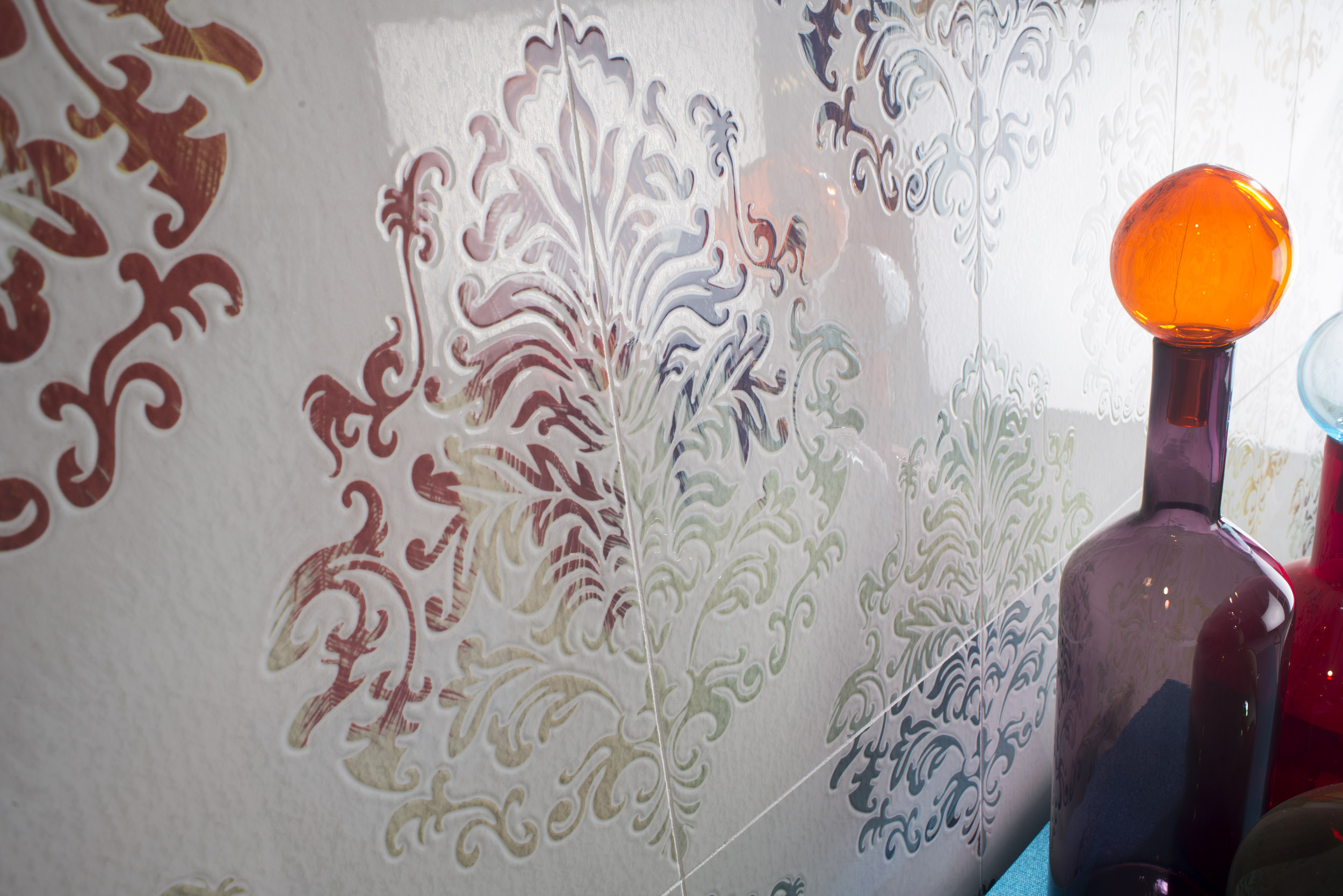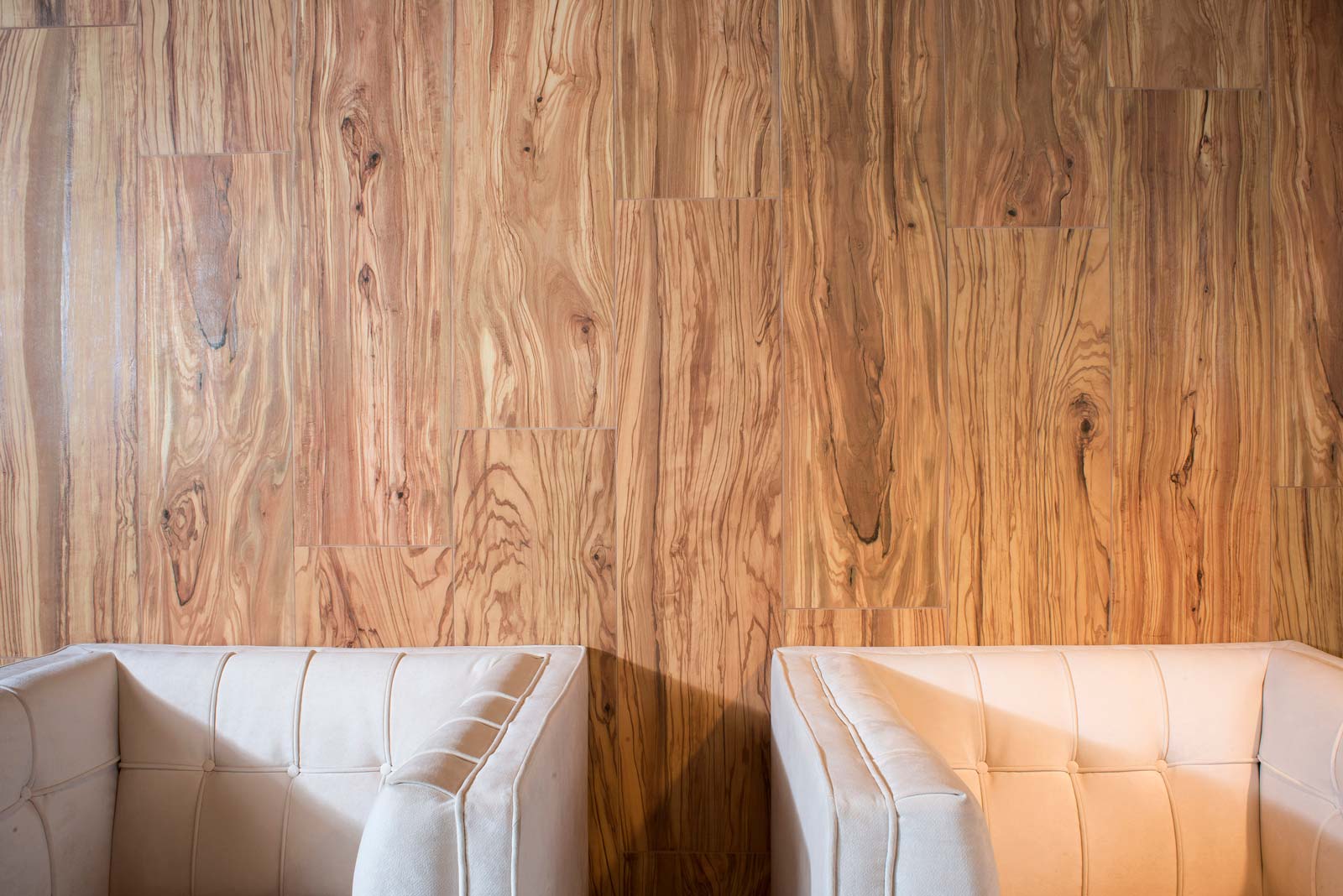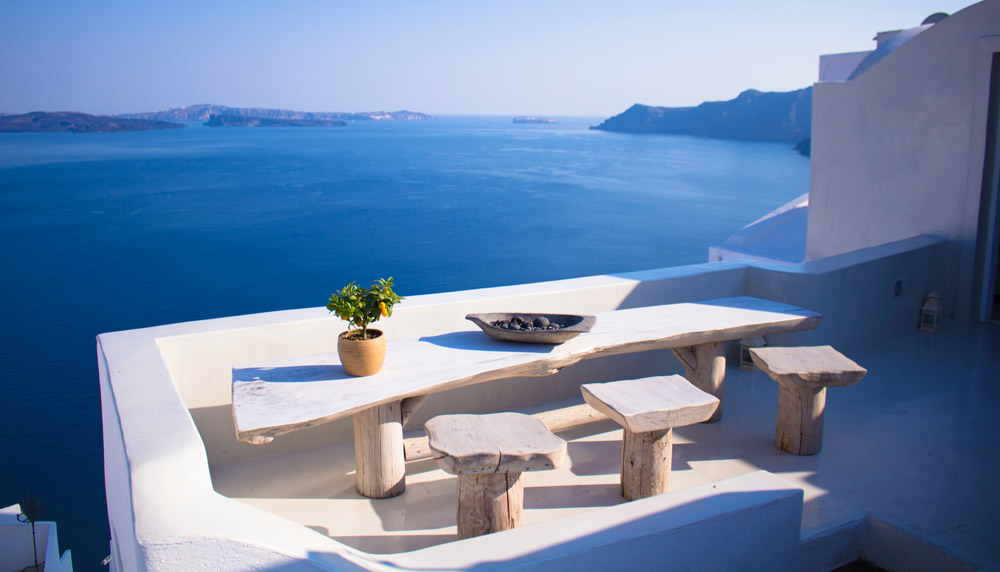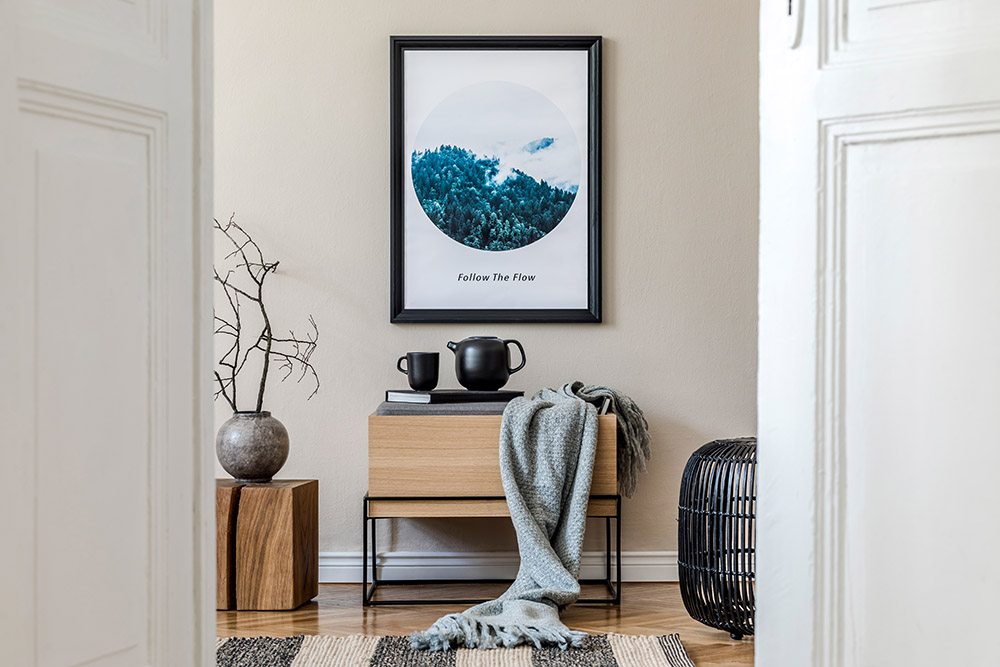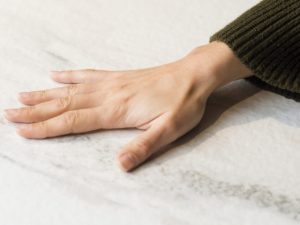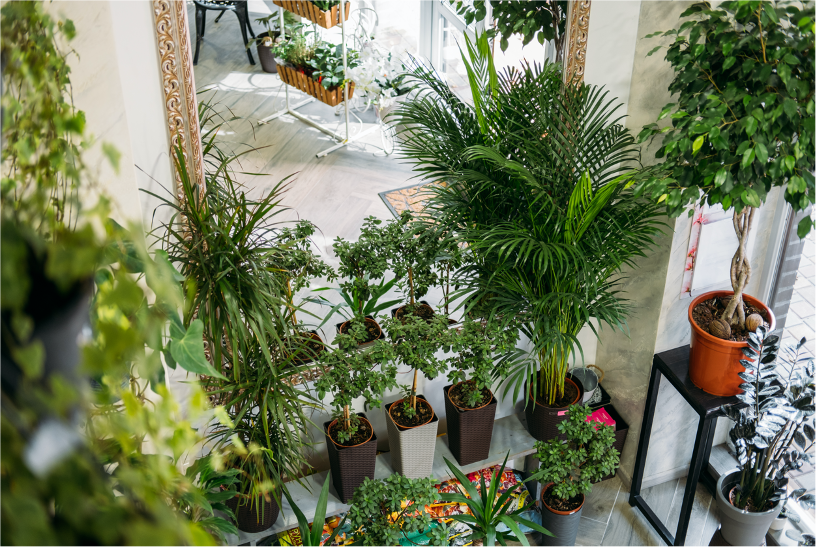
A garden at home? A garden in the living room? The health crisis brought many changes in our way of life, and made us embrace Biophilia: the need to connect with nature.
Every psychological and social movement has its reflection in interior and home decoration.
If we stick to the strict definition, Biophilia means “love of life or systems full of life” – such as the forest, the meadow or any natural landscape in which we dream of losing ourselves forever. If we apply this concept to decoration, it is about introducing materials or shapes that are reminiscent of natural landscapes.
In addition, it is estimated that decorating with elements of nature such as plants, for example, can help us reduce our stress levels and reconnect with our home.
Biophilia: one of the great trends in decoration in 2021
We have missed nature so much and felt its absence during the toughest months of confinement that we are trying to bring it indoors.
What began as a purchase of plants is turning into specific choices in interior design that bears with materials, shapes and textures of nature.
In a way, it is about emulating the sensations that nature offers (relaxation, peace, even scents and fresh air) in the place where we spend the most time, our house. And since our relationship with home has changed so much in such a short time, we have learned to value it for its protective and sheltering function. Therefore, it makes a perfect sense to merge both worlds, the outside and the inside.
Natural elements and textures

Organic, of course, is the main starring of this trend, which must also necessarily focus on sustainability. In this sense, woods are given much prominence with their natural, untreated colors, as in the case of cane and wicker furniture.
Wood is the base to be combined with natural stone, ceramics and clay – with their original colors – to create a canvas where we can place other decorative elements to complete our forest at home.
The significance of light
The sun and sunlight are key elements of this embracing trend, with light textiles that barely cover it. Fabrics are used in natural colors (earth or leaf green) that allows natural light to pass through, and wooden lattices that imitate the shade of branches and leaves mixed with patches of light from the forest.
Plants, shapes and colors
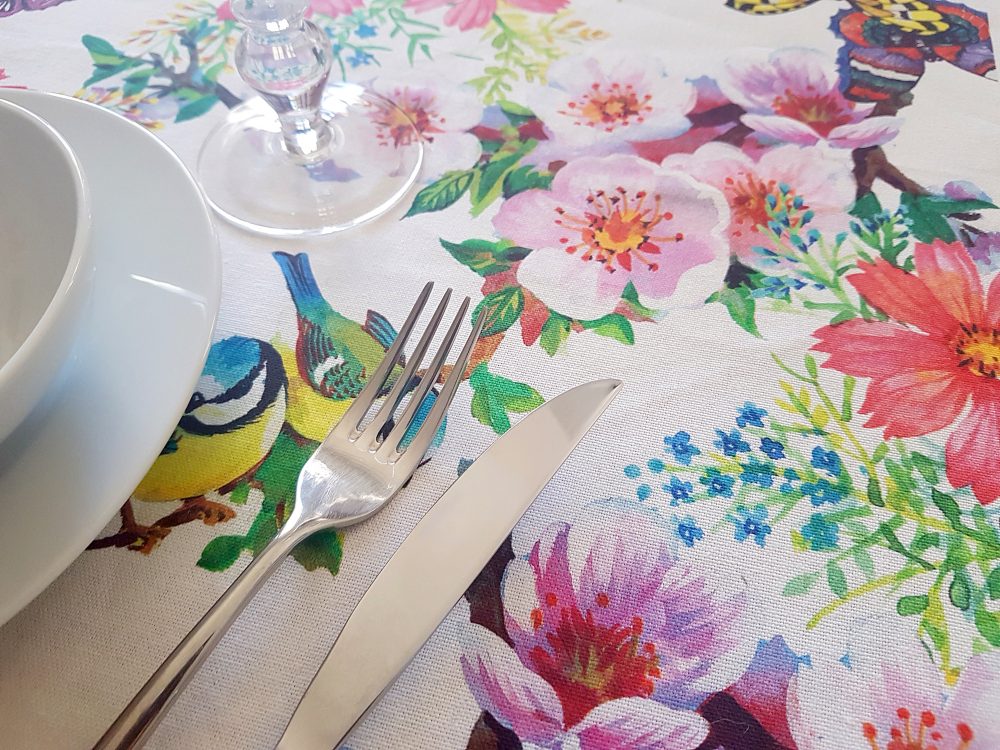
Vegetable shapes and textures take center stage in textiles and decorative motifs. We do not only fill the house with plants, but we reproduce them in vases and furniture and in all kinds of materials: leaves, flowers, fruits and barks are all reproduced in living rooms and bedrooms.
When it comes to natural plants, we combine small hanging pots with humble succulents and lush tropical plants. We combine vertical species with others that extend to bring a little life to every corner of the house.

